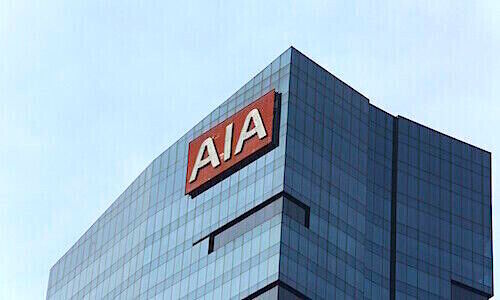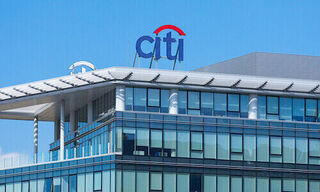At a press conference in Hong Kong Thomas Lam, Senior Director and Head of Valuation and Consultancy, together with David Ji, Director and Head of Research and Consultancy, Greater China, reviewed the Hong Kong and Mainland property markets in the first half of 2015 and presented their forecasts for the second half.
Hong Kong residential market:
To curb the surging Hong Kong property market, especially the mass sector, the Hong Kong Monetary Authority (HKMA) lowered the maximum loan-to-value (LTV) ratio for self-used residential properties valued under HK$7 million from 60-70% to 60% in February 2015.
With prices having surged in previous years, residential sales in the past year were mostly focused on the HK$3-5 million and HK$5-10 million unit price segments, all together taking up about 70% of the total sales. In terms of the size of transacted units, over 70% of units sold in the past year were sized below 600 sq ft, due to the surge in home prices and lower affordability of purchasers.
Affordability ratio in Hong Kong is now at around 80%. If the mortgage rate is lifted by 100 bps and 200 bps, monthly mortgage repayment will increase only 10% and 20% respectively. Therefore Knight Frank estimated that a mortgage-rate rise of less than 200 bps will not bring significant impact on Hong Kong’s residential market.
The proportion of Chinese buyers of luxury projects was around 20% during the first half of 2015, compared with the peak level of over 40% in previous years. In view of the economic slowdown in China, Thomas Lam expects more investors to return to the market this year. For the first half of 2015, 80% of the top 10 luxury residential deals in Hong Kong involved Mainland China buyers.
Looking ahead, future residential supply will focus on the New Territories, followed by Kowloon, while Hong Kong Island will have limited supply. In the New Territories, supply will focus on Yuen Long and Tseung Kwan O, while in Kowloon, supply will concentrate in Kai Tak.
In the first five months of 2015, luxury residential prices increased 1.4%, while mass residential prices increased around 7%. Luxury and mass residential prices are expected to continue rising this year.
Thomas Lam said, “With the recent credit tightening targeting mass residential units, the booming stock market has stimulated demand for luxury housing, while the downturn in China’s real estate market has sent more mainland buyers back to Hong Kong to seek safer investments. The market focus is now shifting back to the luxury sector. Luxury home prices are expected to increase 2-5% in 2015, while mass residential prices could increase by 5-10% given strong demand for small and medium-sized flats.”
Mainland China residential market:
With an inactive real estate market China’s economy grew at its slowest pace in 2014, the weakest in 24 years. The downturn in China’s real estate market continued at the beginning of 2015. In the first four months of 2015, the average home price in 70 major Chinese cites dropped 6.6% year on year.
To stimulate the sluggish Mainland property market, the Chinese government introduced a series of easing policies in the past few months, including interest-rate cuts, lowering reserve requirement ratio for banks and reducing mortgage requirement for second-home buyers.
The Mainland China residential market is showing diverse performances: following the policy relaxation, residential prices have improved in a number of Chinese cities, especially first-tier cities with robust rigid demand for flats, while suburban areas and lower-tier cities see developers cut prices due to abundant supply and high inventory levels.
Looking ahead, David Ji expects luxury residential prices in first-tier cities to increase 4-6% in 2015 due to the recent policy relaxation and interest-rate cuts, while luxury residential prices in second-tier cities are also expected to increase 2-3%.

























